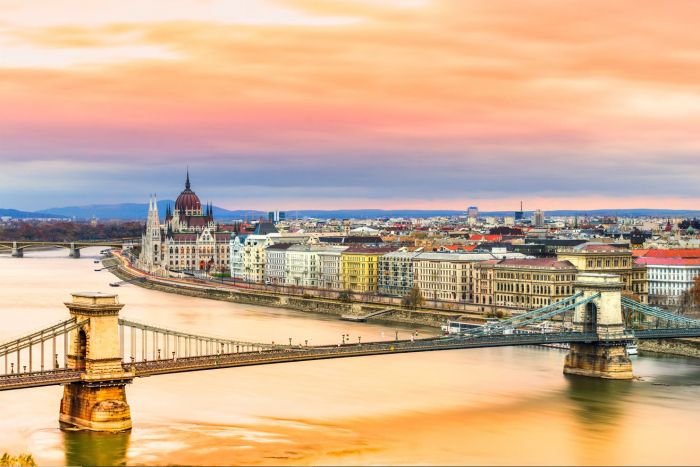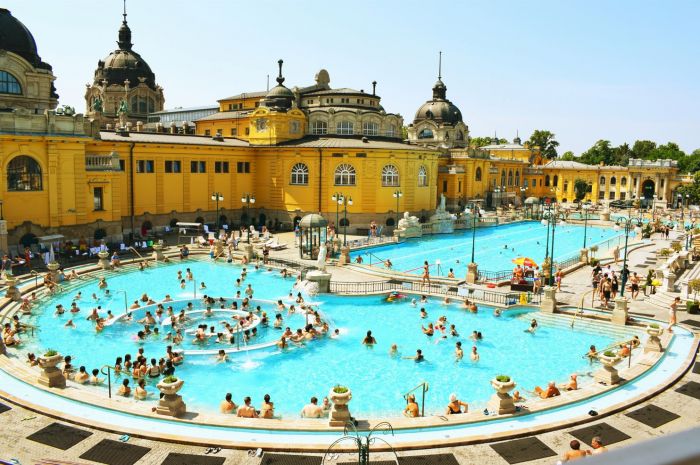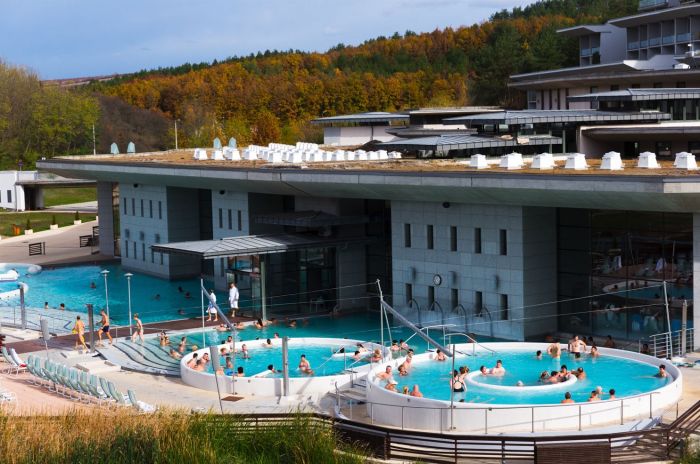2000 year old spa rituals blended with 1300 underground thermal hotsprings, 270 types of medicinal waters and hundreds of spa retreats equals a true wellness capital of the world.
Hungary lays claim to these rich, curative waters and the exceptional spas built around them beginning centuries ago in Roman times, then enriched by Turkish culture and evolving over recent times into a world of health and wellness centers designed to heal and revitalize visitors from all over the world.
A healthy mindset has always been a part of the Hungarian culture, with seemingly endless stunning baths were created as havens of healing and today are still preserved with their architectural integrity intact. Many follow the original Ottoman layout of an octagon-shaped central pool beneath a decorative cupola that allows for plenty of natural sunlight, complemented by intricate mosaic tile design and today, many extend outdoors to allow visitors to absorb natural surroundings as part of the experience.
Waters here bubble underneath the ground, and are admirably soothing, enriched with mineral content that varies by location, all with unique aromas, compositions and curative powers. Though this may sound luxurious to travelers, for locals, this is simply a part of life and integrated organically into one’s routine.
Spending time in Budapest gets ever more soothing with a visit to one of Hungary’s iconic retreats, the famed Szechenyi Baths. Built in 1913, it’s consistently the most popular attraction and can serve as an amazing day spent in a wellness-focused indoor and outdoor playground, or even a romantic date night outdoor in the deeply therapeutic thermal pools under the stars of the evening sky. Beyond its 18 pools, guests can opt for saunas, massage therapy, facial treatments and more all set among majestic architectural wonders and verdant surroundings.
Or, head north and discover the medicinal caves and magical places of healing in northern Hungary where peace and quiet pair beautifully with the therapeutic effect of the spa culture. Eger is a touchpoint for those seeking soothing waters that contain radon that addresses spinal pain, and sites like the Thermal Valley Spa and Bath in the village of Demjen also feature sulphuric medicinal waters that heal and inspire. Eger is also famous for its gas spas, which originate from the carbon dioxide fumes that have emerged from volcanic eruption. Here, people find solace from circulation problems and a renewed sense of calm,
Whether it’s outdoor summer bathing or taking a dip in steaming hot waters against the cold winter chill, there are no shortage of options from over 120 in Budapest alone to wellness-oriented hotels all over the country.
Visit www.visithungary.com for more wellness and spa tourism experiences.
Imagas courtesy of Shutterstock


